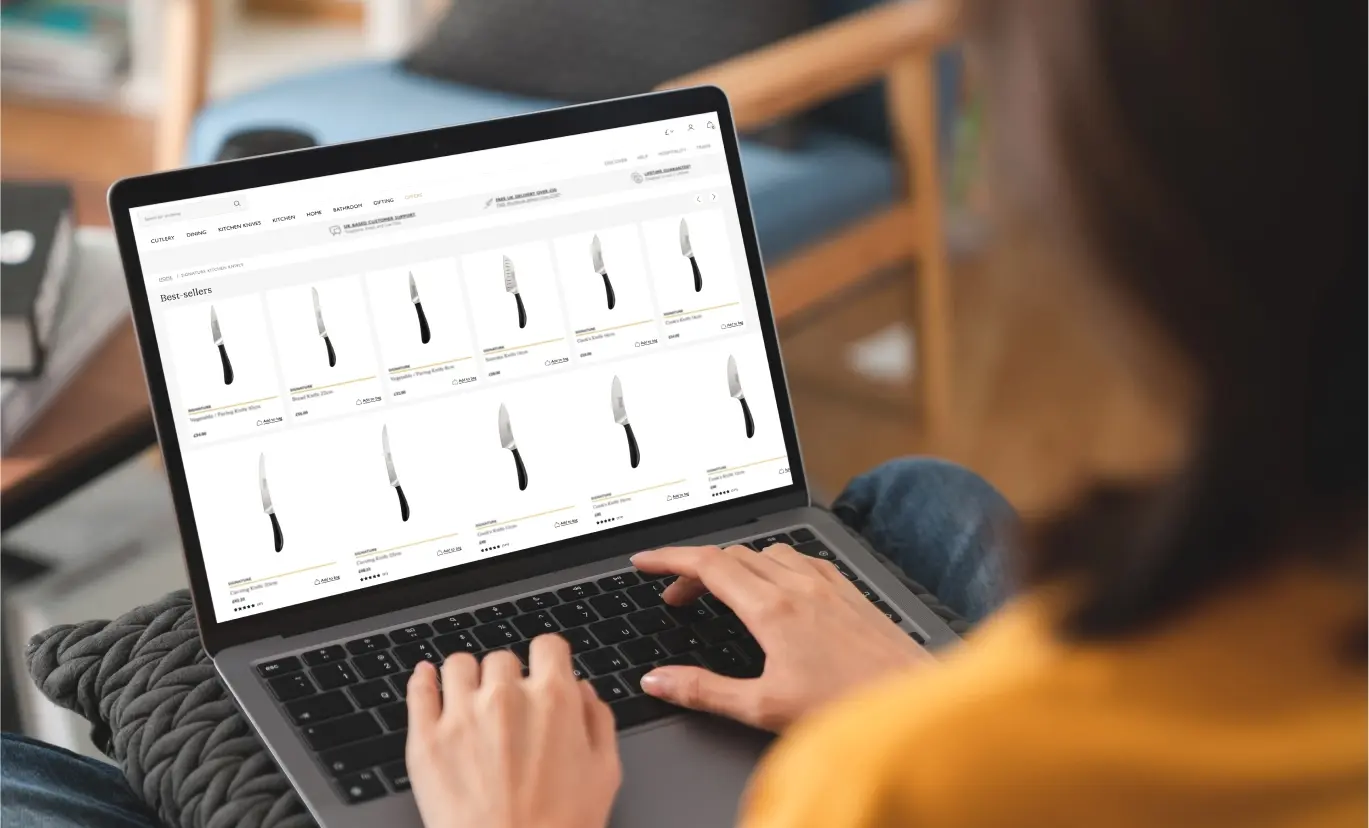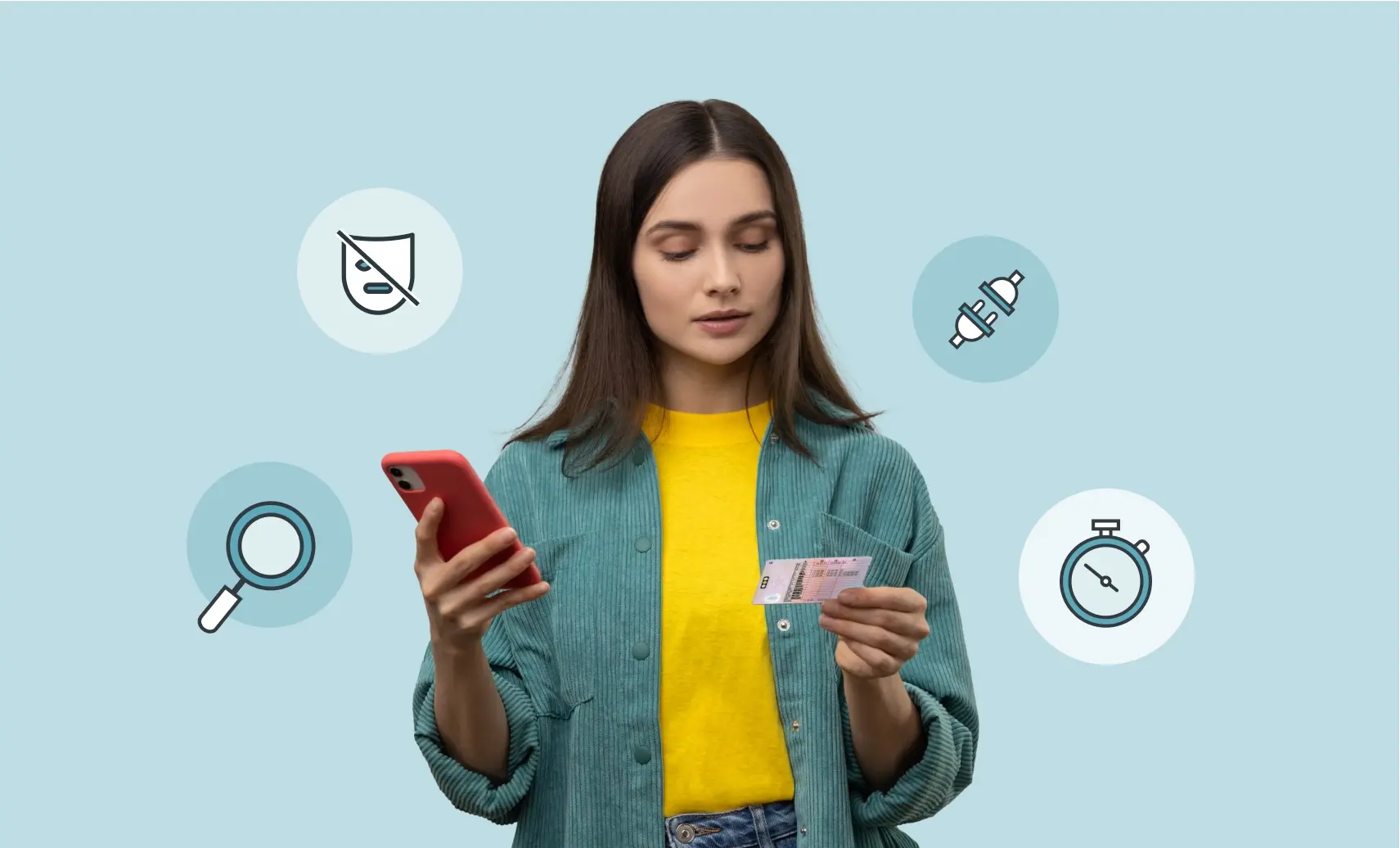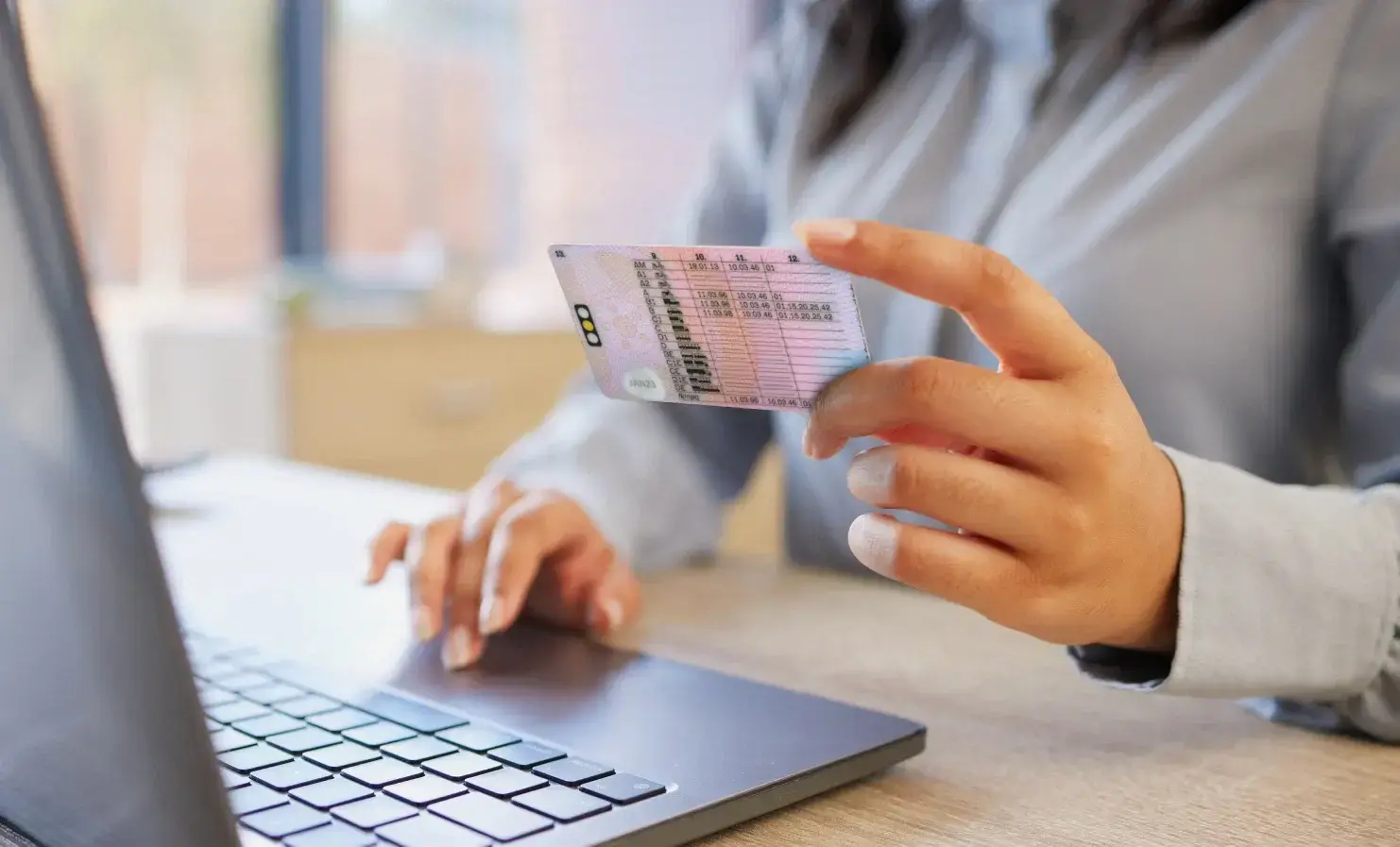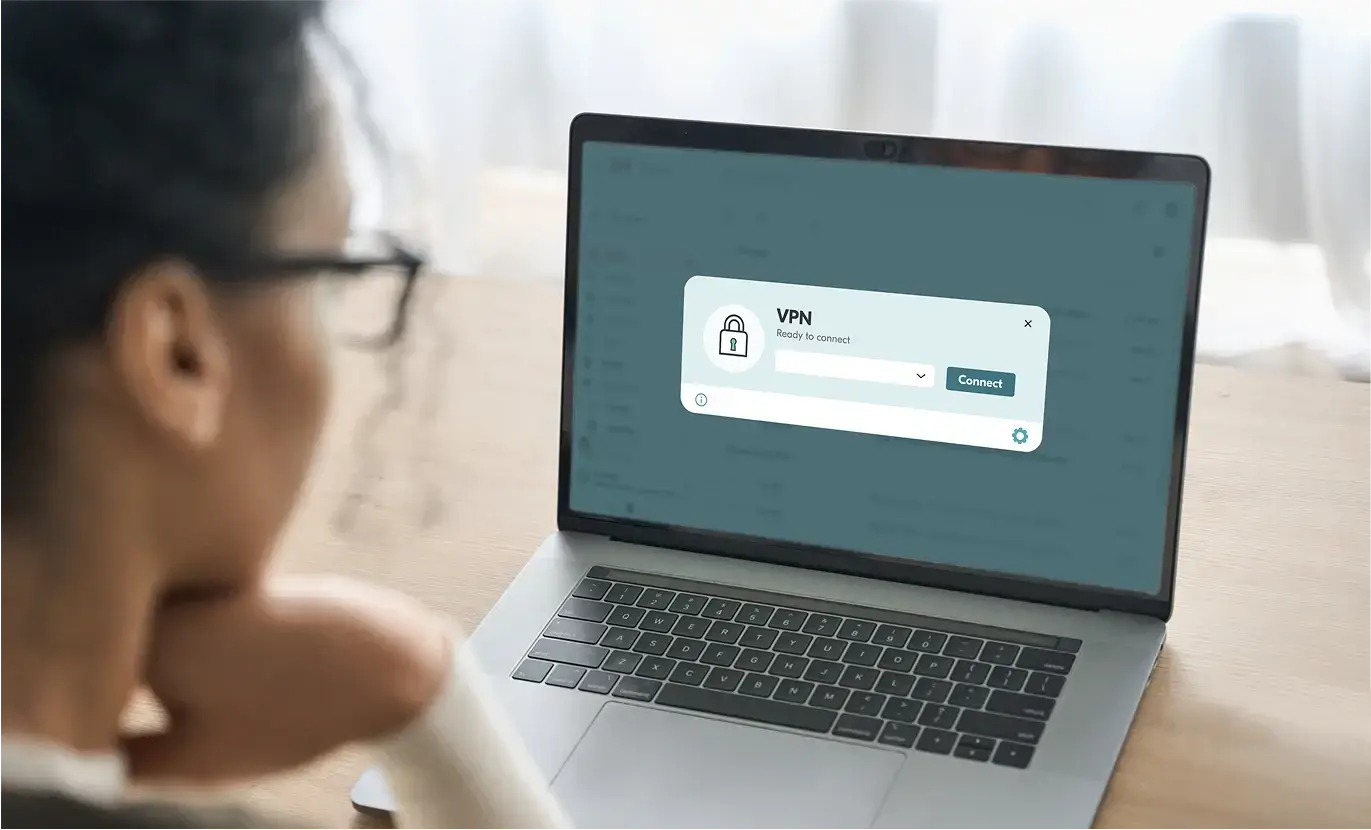
At the end of January, the UK Government announced they will introduce stricter age checks for online knife sales. Buyers will need to submit a copy of their photo ID, such as a driving licence, as well as proof of address, such as a utility bill. The same person who bought the knife will have to show ID again on delivery, and no knife packages can be left on the doorstep.
These measures are part of the upcoming Crime and Policing Bill, expected to be introduced in Parliament this Spring. While knife crime is a key focus of the legislation, we’re awaiting further clarification on the acceptable forms of age verification for online knife sales.
In this blog, we look at the current legislation around online knife sales. We also explore the different age assurance methods which can help retailers only sell knives to those aged 18+.
What is the current legislation?
The Offensive Weapons Act 2019 provides legislative measures to control the sale of knives. Statutory guidance, updated in 2022, gives advice for those required to comply with the Offensive Weapons Act 2019.
Part 3 of the Act prohibits the sale of knives and other bladed items to anyone aged under 18. The statutory guidance covers remote sales, where the sale takes place online, through mail order or via telephone sales. It also covers age verification at collection points.
While sellers must prevent underage purchases, the guidance does not mandate specific age verification methods. Instead, retailers can choose which age verification system to use, provided it effectively verifies buyers are 18+.
For in-store sales, many retailers adopt the Challenge 25 policy, asking customers who appear under 25 to present ID. For online or remote sales, the guidance requires retailers to have one or more age verification methods in place that are likely to prevent persons under the age of 18 from buying knives online. The guidance only specifies certain methods which should not be used. These are:
- Self declaration where buyers tick a box confirming they are over 18 or provide information that they are over 18, such as their date of birth, with no extra checks to confirm the accuracy of the information.
- Payment systems that may require the customer to be over 18 but which do not verify age at point of purchase.
With the Government progressing the Crime and Policing Bill, we are likely to see updated legislation on the specific age verification measures businesses must use when selling knives online.
Below, we’ve illustrated some examples of how different age assurance methods are, or could be, used in practice. All our solutions can be used for age verification in-store, online, and at the point of delivery or collection.
Effective age assurance for online knife sales
ID documents with a live selfie / video selfie
This method, already referenced by the Government, is very likely to be included in the updated legislation. Buyers present their photo ID, such as a passport or driving licence to their phone, tablet or laptop camera, and then present their face to the camera. There is mention of a live video, but the Home Office has not specified if the video aspect will be a legal requirement.
But, it is not enough to only read the date of birth on a document. Otherwise anyone could use a document that does not belong to them or a fake ID document with their face on it. When a buyer submits an identity document online, sellers need to confirm:
- It’s a real person using the a real ID document
- The person using the photo ID is the owner of the document
Without step two, anyone could use a document that does not belong to them. Without a selfie or live video match, an ’ID document’ age method cannot be deemed highly effective.
Facial age estimation for effective and inclusive age checks
Given not everyone owns an identity document, it is important for inclusion that the Government allow facial age estimation. This would ensure age checks are inclusive for all adults.
Facial age estimation accurately estimates a person’s age from a live facial image. It’s a secure and private way to complete an age check without using identity documents.
This technology, combined with liveness detection, ensures a real person completes the check, preventing circumvention through the use of photos or videos, either presented to the phone or laptop camera, or injected around the camera. The technology is also highly accurate with over 99% of 13-17 year olds being correctly estimated as under 21.
Sellers can set an appropriate age threshold. For instance, they could use a threshold of 25 years, in line with the UK’s Challenge 25 policy. This means a customer needs to be estimated as 25 or over to pass the age estimation check. Any customers estimated to be below the threshold would need to use an alternative method to prove their age.
John Lewis has become the first major retailer to add facial age estimation at the checkout when customers buy knives online. The technology has allowed John Lewis to safely reintroduce knife sales online (for the first time since 2009) as facial age estimation ensures that only those aged 18+ can purchase the items.
The technology is seamlessly integrated into the online checkout process. John Lewis can ensure only customers aged 18+ can buy knives, without adding friction or creating a negative customer experience.
Digital IDs for delivery and collection points
When it comes to selling knives online, it’s important to ensure that the person receiving or collecting the order is over 18. Failing to introduce robust age checks at this stage means an older sibling could buy the knife online, only for their younger sibling to take delivery of it.
While delivery drivers can request physical ID, fake IDs are increasingly sophisticated, making this method less reliable.
A more robust method is a UK Government certified reusable digital ID. With the Yoti app, we verify a user’s identity when they create an account. So when the Yoti app user presents their Digital ID to a delivery driver, the driver can visually match the face of the person to the face on their app. As an extra security step, the driver can scan a QR code on the Digital ID to confirm its authenticity, removing the risk of faked screenshots.
Digital IDs could also be used at collection points, such as self-service lockers. The buyer could use their Digital ID to scan a QR code, sharing their verified name and age. These could be matched to the details they entered when they purchased the knife online.
The shopper using the Yoti app can be required to take a live selfie or video. This would authenticate they are the correct person using the Digital ID to buy the knife online or collect the knife from an unattended collection locker.
Looking ahead
The Government’s updated age verification measures must address every step of the knife sale process, from online purchase to delivery or collection. Solutions must be inclusive, reliable, and effective in preventing underage access to knives.
We’ll keep track of the Crime and Policing Bill and provide updates as it progresses.
If you’re a retailer looking to strengthen your age assurance processes, contact our team to see how Yoti can help.



